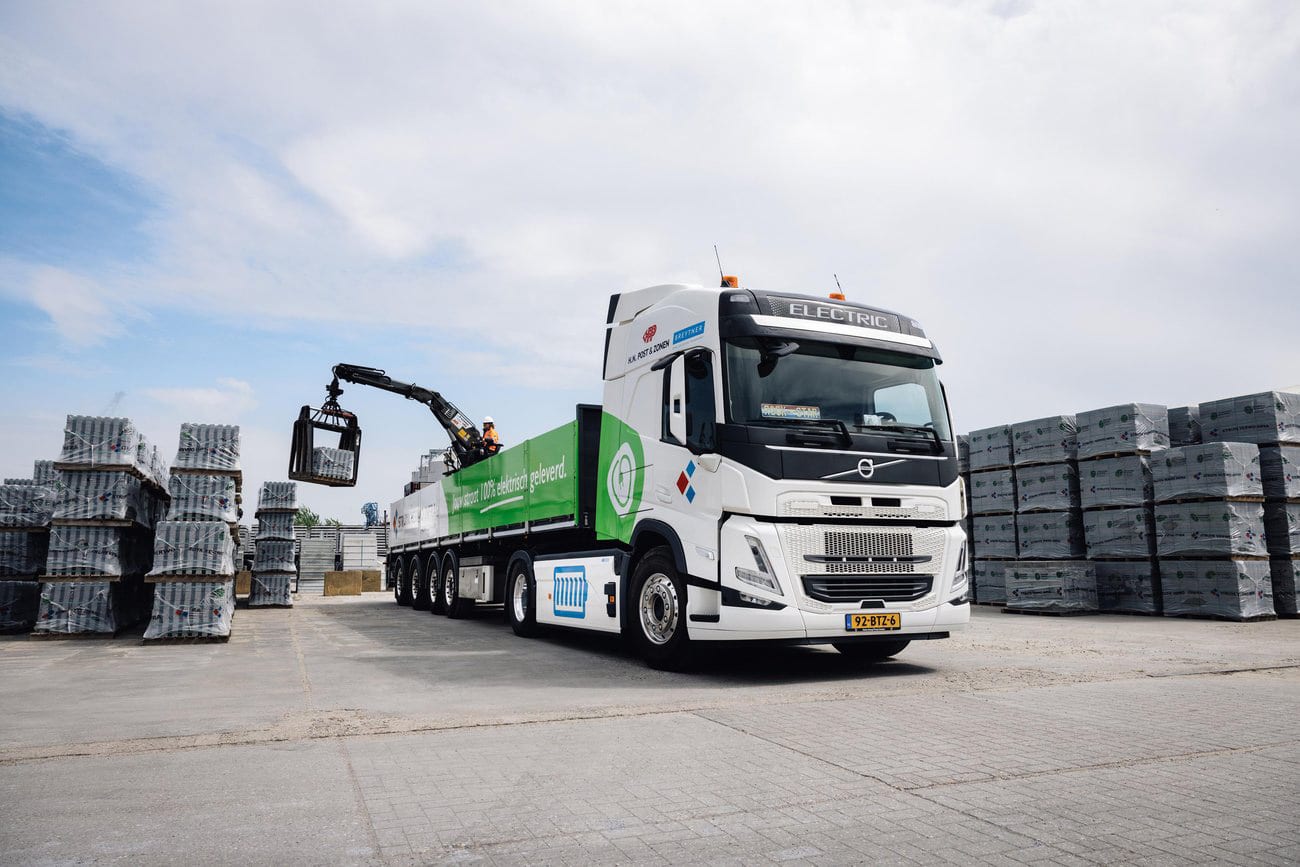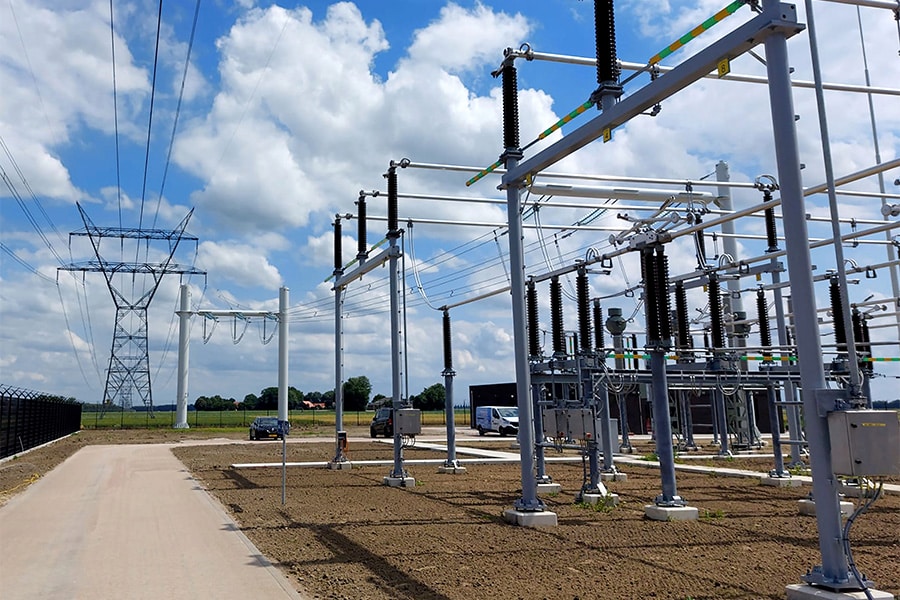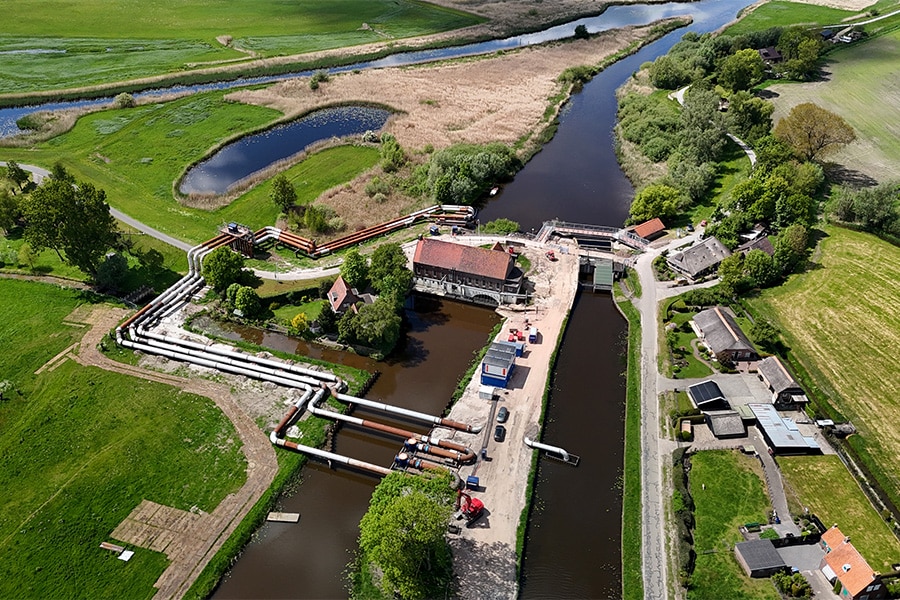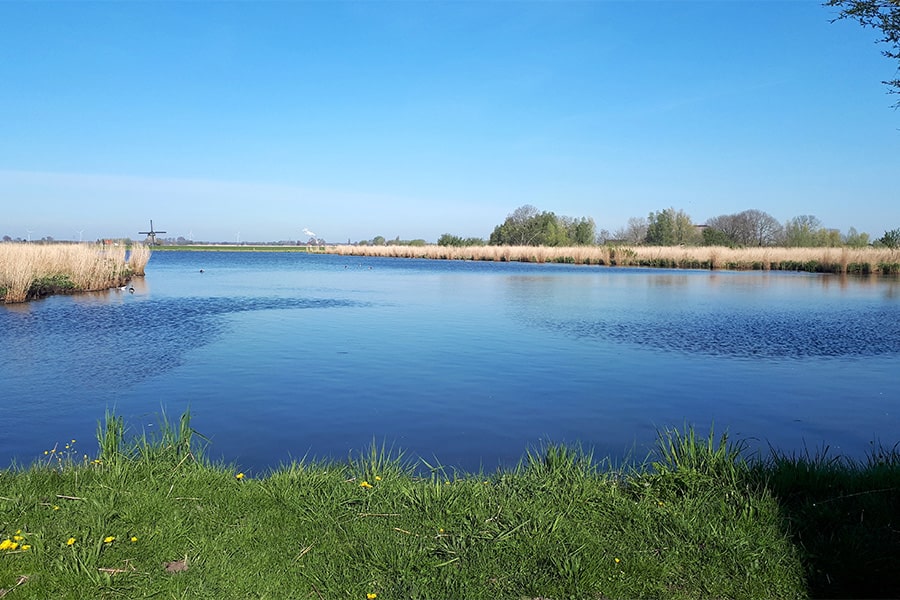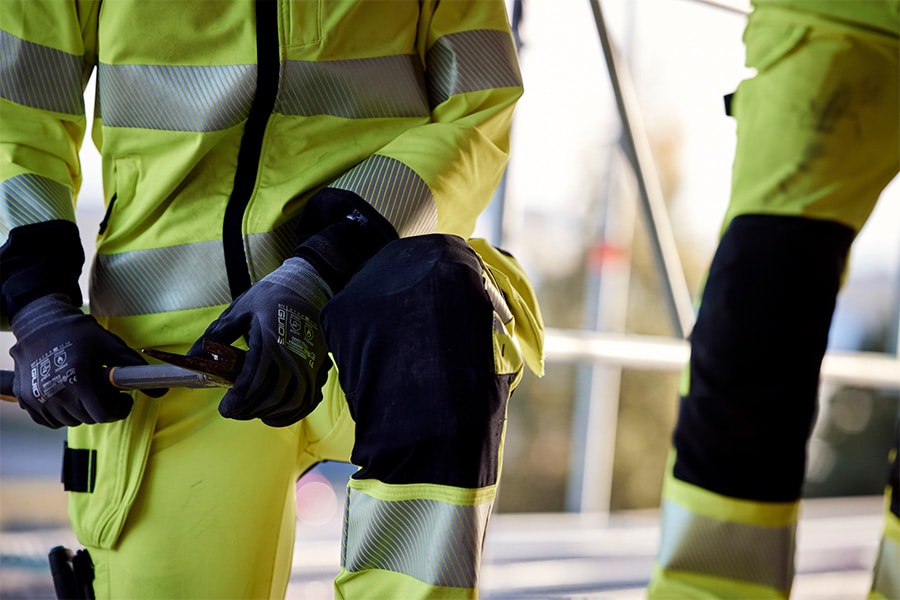
Sustainability reporting: what is the impact of workwear?
As of 2024, according to the European directive, all listed companies and large corporations must Corporate Sustainability Reporting Directive (CSRD) mandatory reporting on sustainability policy and performance. However, a quarter of the Dutch companies required to comply with this do not yet collect data or report on their climate impact. This is evident from ESB research, a platform for economists. Where do you start as a company? If your employees wear work or safety clothing, that is a relevant point to include in the reporting.

Scope 3 emissions
The garment industry currently accounts for about 5 to 8 percent of annual climate emissions. By comparison, that is equal to the combined emissions of France, Germany and the UK. From the report from Stand.Earth 'Major Fashion Brands Increase Emissions by 2022' notes that major fashion brands' carbon emissions actually increased.
Most of these emissions occur at the production stage. For example, chemicals are used for clothing dyeing, leather tanning and the viscose process. In addition, a lot of water is required for growing cotton and making cloth from fibers, for example. In addition to the energy required to process and transport clothing, synthetic clothing fibers are also made from petroleum.
For companies that use a lot of work or safety clothing, this affects the level of scope 3 emissions, or other indirect emissions, which CSRD also requires them to report on.

Environmental impact garment
Reporting the environmental impact of a garment requires data. Clothing manufacturer Fristads, together with the Swedish research institute RISE, has developed a procedure to measure the total environmental impact of a garment throughout its life cycle. This has resulted in an environmental product declaration: the Environmental Product Declaration (EPD). An EPD is based on the ISO 14025 standard, better known as EPD Type III. Under the international SPD® system a Type III environmental statement is prepared and recorded.
The process of arriving at an EPD per garment has brought much to the company. With the knowledge gained, they made the right changes in design and production. This has resulted in the Fristads Green clothing line. Compared to an older collection, work pants from this clothing line reduced CO2 emissions by 45% and water consumption by 92%. So users benefit directly from this. For truck and bus manufacturer Scania the company has developed an eco-friendly workwear collection. This will save 676 tons of CO2 equivalents and 4,380,778 m3 of water equivalents compared to a conventionally produced collection.

Report
To make all this information transparent, Fristads has collected the data of all garments with an EPD and similar products from the rest of the range in the Green Calculator. Companies select the workwear they currently use or want to purchase, as well as the number of employees in the company. The Green Calculator then calculates the environmental impact of the garments. But it also shows how much CO2 and water consumption can be saved by choosing products from the Green collection. This not only allows a company to report on scope 3 emissions, but also immediately provides an alternative for improving its sustainability performance.
